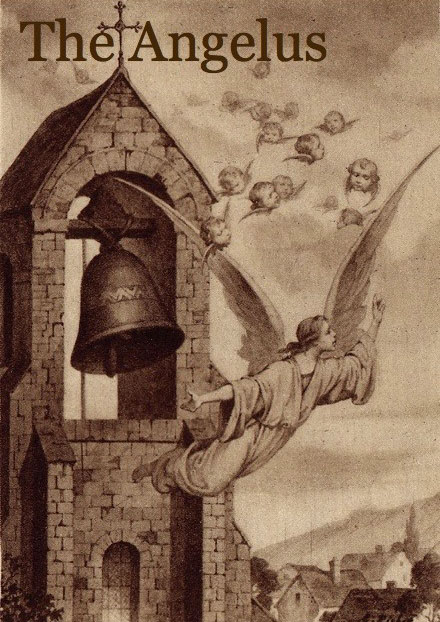
Today, as I settled down in our village chapel to pray a Holy Hour, the midday Angelus bell struck. It was hauntingly beautiful. As the bell rang out and I recited the Angelus, I felt transported.
The sound of the church bell has an eternal quality, as though it pulls us out of the ordinary, out of space and time. It guides us to the very world it calls us to remember – the eternal, the heavenly.
Just as the Angel Gabriel declared unto Mary, at the Annunciation, the Angelus bell announces the reality of the self-same mystery – that of the Lord’s Incarnation.
And so doing, it calls us to participate in that mystery, not only through the praying of the Angelus, but through faith in the words we recite.
When we pray with faith, we enter the mystery. For the mystery is a truth, a reality that is forever present. We can therefore bring ourselves more fully to it, through our faith in it.
Many years ago now, when I was still a New Ager, before I converted to the Catholic faith, I was taken on a holiday to France.
It was a wonderful time, with delicious food, beautiful architecture, gorgeous scenery and good company.
Yet, what made the deepest impression on me was the thrice daily ringing of the church bells, in the towns and villages. They rang from all directions across the towns and countryside, creating a timeless quality, an atmosphere beyond this world.
I experienced a special feeling in my heart. And when I recall that feeling now, I can only describe it as thus. A meeting is taking place between the ordinary and the extraordinary. It is as though the ordinary is embraced and lifted up, as the extraordinary streams down.
At the time, I had no idea as to the religious significance of these bells – that they are a call to prayer. And for centuries Catholics have been called morning, noon and evening to pray the Angelus in honour of the Incarnation. But perhaps my soul was being prepared for my conversion, for they touched me deeply.
What I did see, was how the communities were held together by the ringing of the bells. As midday struck, there was a flurry of activity. People scurried about, from all directions, buying bread, shutting up shop, returning to their cars and home for the midday meal. The same also occurred at six o’clock in the evening, when the bell struck again.
Only years later did I understand their significance.
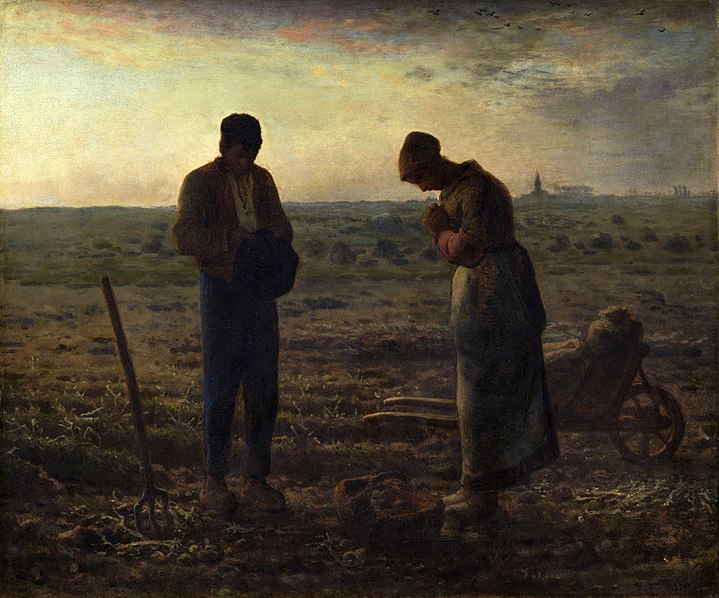
That was, shortly after I had been confirmed into the Catholic Church at Easter 2000.
Roger, my husband and I found ourselves staying for several months, care of a group of religious sisters, in a stunning lakeside village, near Luzern in Switzerland.
Our house overlooked the lake and stood adjacent to the village chapel. Being an early riser, the sisters asked me if I would open up the chapel each morning and ring the 6:30am Angelus bell.
As a mere Catholic fledgling with poor catechesis, I did not yet know the Angelus prayer. So I promptly searched out the prayer and learnt it.
It was a profound experience pulling the bell whilst reciting the Angelus each morning. The timeless quality of the sound of the ringing and the words of the Angelus prayer opened me up the eternal world, inviting me to enter.
Each time I hear the bell ring now I am transported in a similar way. I am transported into the mystery of the Incarnation that lies at the very foundation of our faith. And through which, the temporal is lifted up into the eternal realm, through our Lord’s descent into it.
It is to this eternal reality we are brought, through the ringing of the bells morning, noon and night, as they call us to pray the Angelus, wherever we are, whatever we are doing. They bring this eternal message to us mere creatures, opening the doors of heaven, as did the Angel Gabriel to the Blessed Virgin.

Buying Books at Amazon Through These Links Gives Us a Commission. This Supports Our Apostolate. Thank You if You Can Help Us Like This!
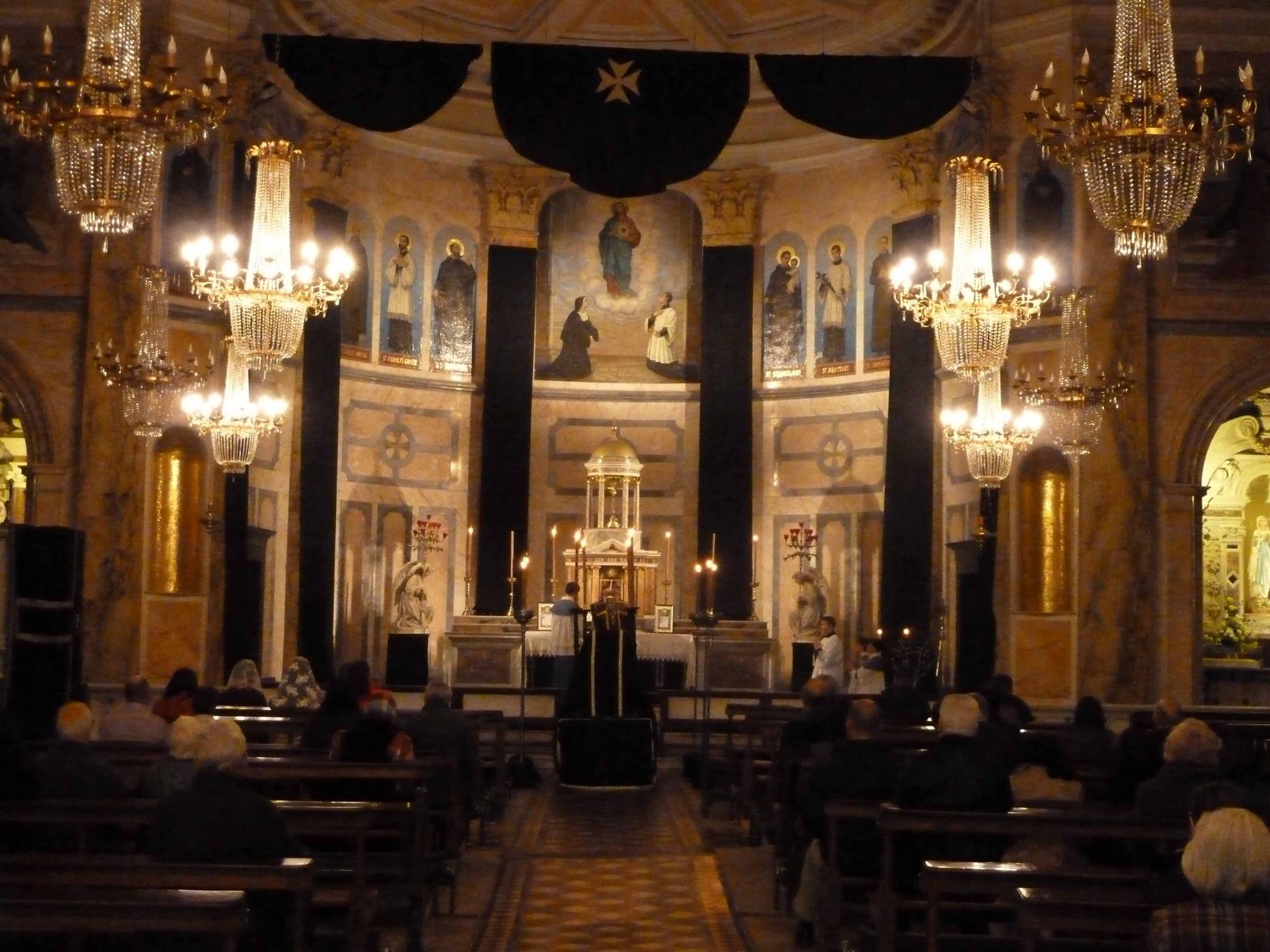

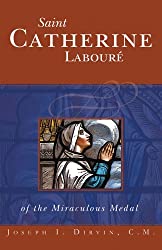
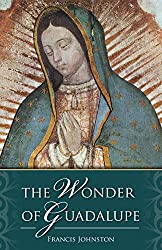
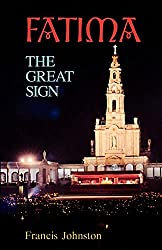
Comments
comments are currently closed
One response to “The Bells of the Angelus”
#Reasons to Believe in Jesus
Reasons to believe Jesus is alive in a new life with God can be found in quotes from two prominent atheists and a biology textbook.
> Thus the passion of man is the reverse of that of Christ, for man loses himself as man in order that God may be born. But the idea of God is contradictory and we lose ourselves in vain. Man is a useless passion. (Jean-Paul Sartre, Being and Nothingness: A Phenomenological Essay on Ontology, New York: Washington Square Press, p. 784)
> Among the traditional candidates for comprehensive understanding of the relation of mind to the physical world, I believe the weight of evidence favors some from of neutral monism over the traditional alternatives of materialism, idealism, and dualism. (Thomas Nagel, Mind and Cosmos: Why the Materialist Neo-Darwinian Conception of Nature Is Almost Certainly False, location 69 of 1831)
> And certain properties of the human brain distinguish our species from all other animals. The human brain is, after all, the only known collection of matter that tries to understand itself. To most biologists, the brain and the mind are one and the same; understand how the brain is organized and how it works, and we’ll understand such mindful functions as abstract thought and feelings. Some philosophers are less comfortable with this mechanistic view of mind, finding Descartes’ concept of a mind-body duality more attractive. (Neil Campbell, Biology, 4th edition, p. 776 )
Sartre speaks of the “passion of man,” not the passion of Christians. He is acknowledging that all religions east and west believe there is a transcendental reality and that perfect fulfillment comes from being united with this reality after we die. He then defines this passion with a reference to Christian doctrine which means he is acknowledging the historical reasons for believing in Jesus. He does not deny God exists. He is only saying the concept of God is contradictory. He then admits that since life ends in the grave, it has no meaning.
From the title of the book, you can see that Nagel understands that humans are embodied sprits and that the humans soul is spiritual. He says, however, that dualism and idealism are “traditional” alternatives to materialism. Dualism and idealism are just bright ideas from Descartes and Berkeley. The traditional alternative to materialism is monism. According to Thomas Aquinas unity is the transcendental property of being. Campbell does not even grasp the concept of monism. The only theories he grasps are dualism and materialism.
If all atheists were like Sartre, it would be an obstacle to faith. An important reason to believe in Jesus is that practically all atheists are like Nagel and Campbell, not like Sartre.
by David Roemer
347-417-4703
http://www.newevangelization.info